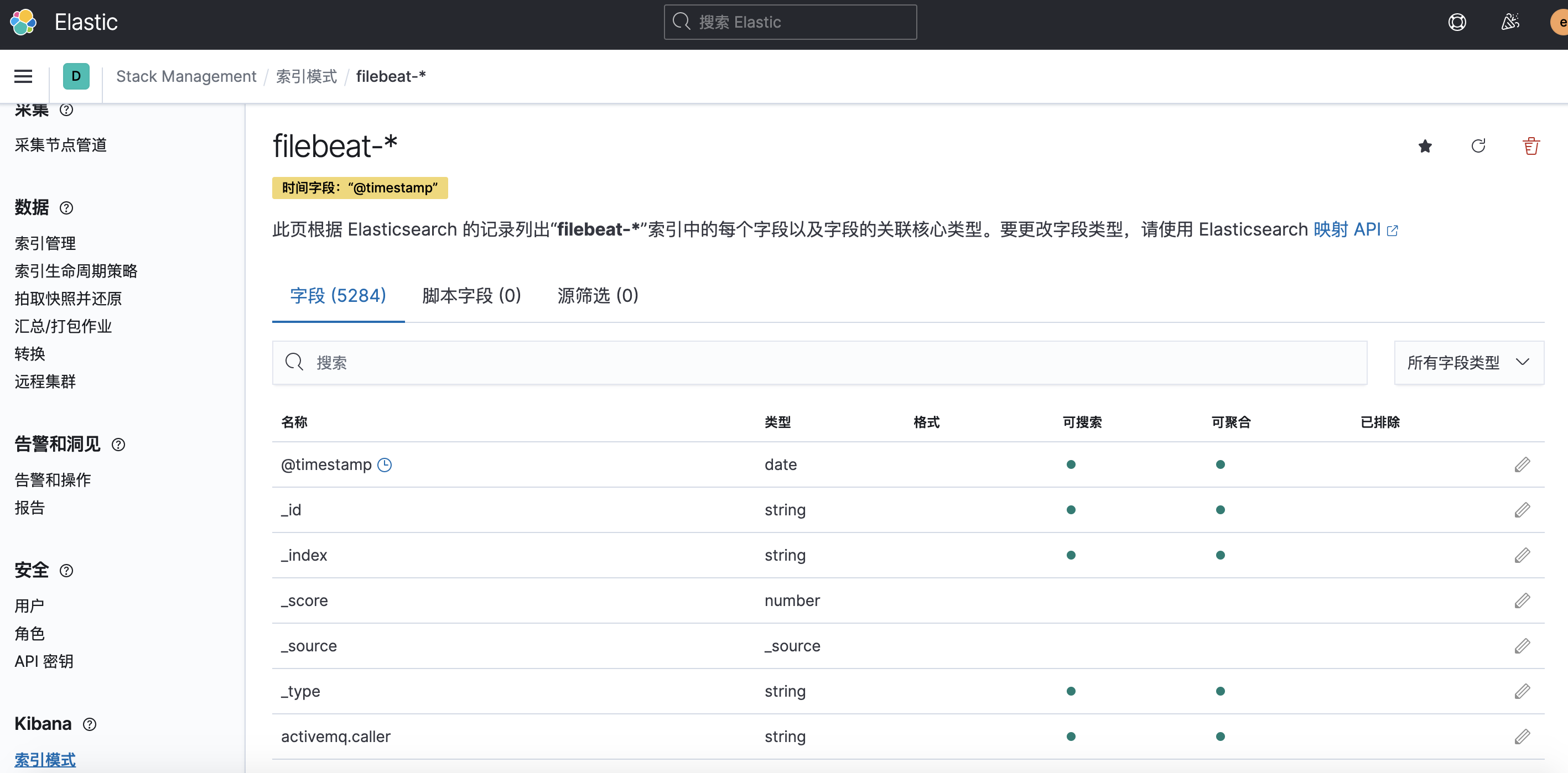

Filebeat DaemonSet deployed in Kube-system namespace by default. You deploy Filebeat as a DaemonSet to ensure there’s a running instance on each node of the cluster.
RUN FILEBEAT ON KUBERNETES HOW TO
# Implicitly done if ".singleNode" is set to "true". How to run Filebeat on Kubernetes You can use Filebeat Docker images on Kubernetes to retrieve and ship container logs. Filebeat logging all stdout and stderr streams from all Canarytrace docker containers in. network.host: 0.0.0.0 to_create_index: "+security*.monitoring*.iggered_watches.watcher-history*.ml*" # Setting network.host to a non-loopback address enables the annoying bootstrap checks. docker run -rm -it -entrypoint /bin/mv -v (pwd):/deployments. Btw if you decide deploy with a custom yaml, the current version for filebeat docker image is the 8.0.

# Source: opensearch/templates/configmap.yaml apiVersion : v1 kind : ConfigMap metadata : name : opensearch-single-config namespace : middleware labels : /name : opensearch /instance : opensearch /component : opensearch-single data : opensearch.yml : | cluster.name: opensearch-cluster # Bind to all interfaces because we don't know what IP address Docker will assign to us. 2 Answers Sorted by: 0 Try deploy the filebeat component with the helm official chart, is very easy deploy and maintain (upgrade, change configuration) the app. 使用 extract + TextMapAdapter 实现了自定义 traceId After the honeypots deployment, we harvest their JSON logs using filebeat 4. Kubernetes 集群使用 ExternalName 映射 DataKit 服务 1 kubectl get services Now that we know that the pod is running properly. # It's recommended to change this to a `hostPath` folder, to ensure internal data # We set an `emptyDir` here to ensure the manifest will deploy correctly. Warning When it comes to running the Elastic on Kubernetes. # Environment variables specific to your ES cluster This Helm chart is a lightweight way to configure and run our official Filebeat Docker image. Try deploy the filebeat component with the helm official chart, is very easy deploy and maintain (upgrade, change configuration) the app. # Passing in elasticsearch nodes via environment variables # Mounted `metricbeat-daemonset-modules` configmap: > nano metricbeats.yamlĢ.Paste the following template into nano and save/close nano via ^X:. Now that we have elevated our privledges, we can begin to start deploying Metricbeats.ġ.Create a new metricbeats.yaml file.

Note: Be sure to add your ACCOUNT-NAME in the template kind: ClusterRoleBindingģ.Apply the elevated privledges using the following command: > kubectl apply -f cluster-admin.yaml > nano cluster-admin.yamlĢ.Paste the following template into nano and save/close nano via ^X: Let's get started! Elevate Cluster Privilegesīefore we begin, we need to elevate our privileges on the cluster so we can create to appropriate accounts, roles, and set permissions required to deploy the Elastic Beats agents across our newly created cluster.ġ.Create a new cluster-admin.yaml file. Those configurations can be found here Elastic Beats on Kubernetes. In a standard setup, each Node runs a logging agent like Filebeat or. Run Filebeat on Kubernetes Filebeat Reference 8.5 Version: ECK: 2.5.0 filebeat: 8.5.3 The filebeat deployment and configuration already running. We will be using the configurations provided by the Elastic team with a few modifications. To learn more about Kubernetes Services, consult the Services section of the. Once again this post is meant to help readers learn how to deploy capabilities to GKE and is not representative of individual requirements for a production environment. Well that is a fantastic question that I plan on covering in this post. If you followed my previous article regarding Deploying the Elastic Stack on Google Kubernetes Engine (GKE), you should be asking yourself how do I actually send data to this newly created cluster.


 0 kommentar(er)
0 kommentar(er)
